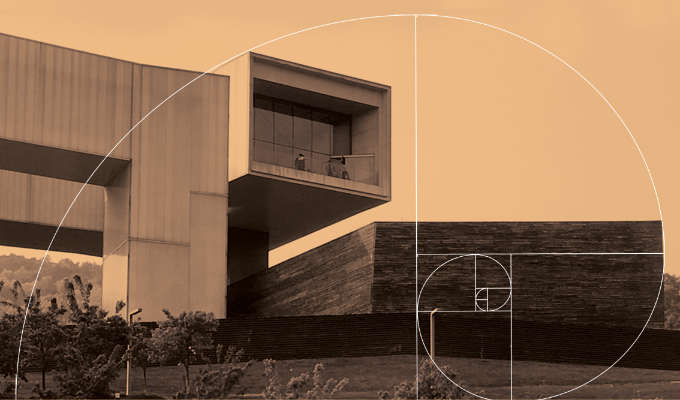My Nanjing bucket list is about as long as a Chinese birthday noodle and one of the dinosaurs that’s been lurking there since day one has always been Sifang Art Museum.
So why did it take me almost 4 years to go? Mostly, because I’m lazy. By public transport our visit was a complex equation of walk + bus + tuc tuc + walk, all in all adding up to a rather wacky Sunday afternoon.
Filled with anticipation, our first glimpse from the entrance showed the museum from perhaps its least flattering angle. The giant suspended tube of a building looked more like an aircraft gangway, the kind filled with colour coordinated banking adverts, than a gallery space full of quirky and sometimes questionable art. But thankfully the museum, whose name itself literally translates as “four sides”, has other more appealing perspectives.
Perspective itself was a key concept for American architect Stephen Holl when he began his initial design sketches for Sifang in the early 2000s. The privately owned art museum was made without a clear purpose in mind so Holl decided to make it a museum about space. In particular he was drawn to the diverging approaches towards perspective in Chinese and western art, and tried to embody this within his design.
The idea of fixed-point perspective in western art came about in the Renaissance around the 15th century where painters used linear perspective and a single vanishing point to give images a sense of depth. They created illusions that attempted to blur the physical surface of the picture, bringing the real world in line with the painted one.
A common misconception about Chinese painting is that the Chinese didn’t adopt perspective, but that is far from the truth. Rather, their approach to the concept was fundamentally different. A Chinese painting can show multiple perspective planes simultaneously, which allow the painter to emphasise certain viewpoints, a monumental mountain viewed from below for example, and guide the viewer through multiple layers of space on a single two-dimensional plane.
This contrasting perception of the world around us, and our relationship to it, generates interesting questions for the architect who is ultimately a designer of space. Holl’s design of the ground level of Sifang Museum attempts to recreate the parallel perspectives found in Chinese painting with a series of walls that conceal from the viewer any kind of distinct vanishing point.
Above ground, the gallery space that winds round like snake on a Nokia 3310 does the opposite, with its glass faced wall at one end that offers not only a vanishing point but also a view into the distance towards Nanjing.
Translating the two-dimensions of painting into three dimensions of architecture eliminates certain elements of visual interpretation, but accentuates our interaction with the space perceived. The subtle parallels in Holl’s design may not be overtly obvious to us as visitors, but delving deeper into the design of Sifang Museum proves to be a more rewarding pursuit than trying to make sense of the art on display inside, a worthy tick off my bucket list and perhaps one to add to yours!









